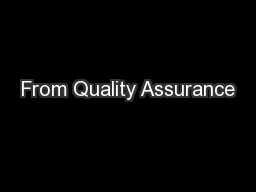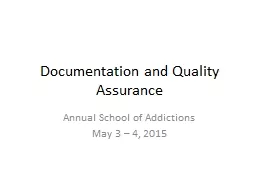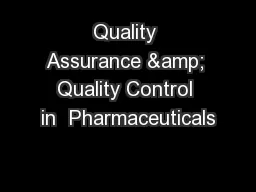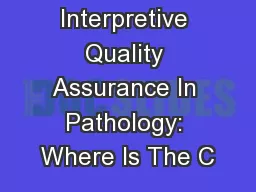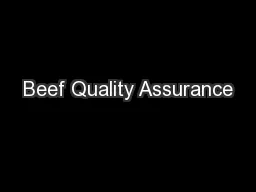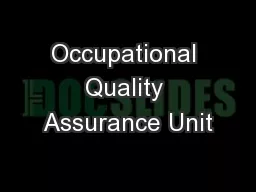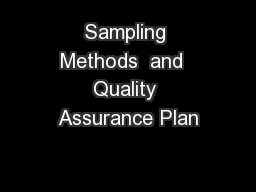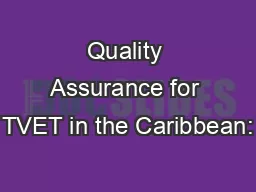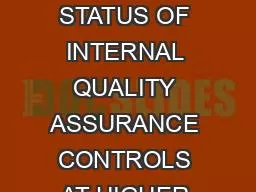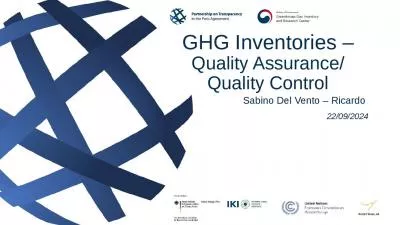PPT-Dr Joelle DAVIAUD, Quality Assurance Specialist
Author : celsa-spraggs | Published Date : 2019-02-02
Model Quality Assurance System for procurement agencies MQAS Goal and objectives This Model is intended to assist organizations purchasing pharmaceutical
Presentation Embed Code
Download Presentation
Download Presentation The PPT/PDF document "Dr Joelle DAVIAUD, Quality Assurance Sp..." is the property of its rightful owner. Permission is granted to download and print the materials on this website for personal, non-commercial use only, and to display it on your personal computer provided you do not modify the materials and that you retain all copyright notices contained in the materials. By downloading content from our website, you accept the terms of this agreement.
Dr Joelle DAVIAUD, Quality Assurance Specialist: Transcript
Download Rules Of Document
"Dr Joelle DAVIAUD, Quality Assurance Specialist"The content belongs to its owner. You may download and print it for personal use, without modification, and keep all copyright notices. By downloading, you agree to these terms.
Related Documents


